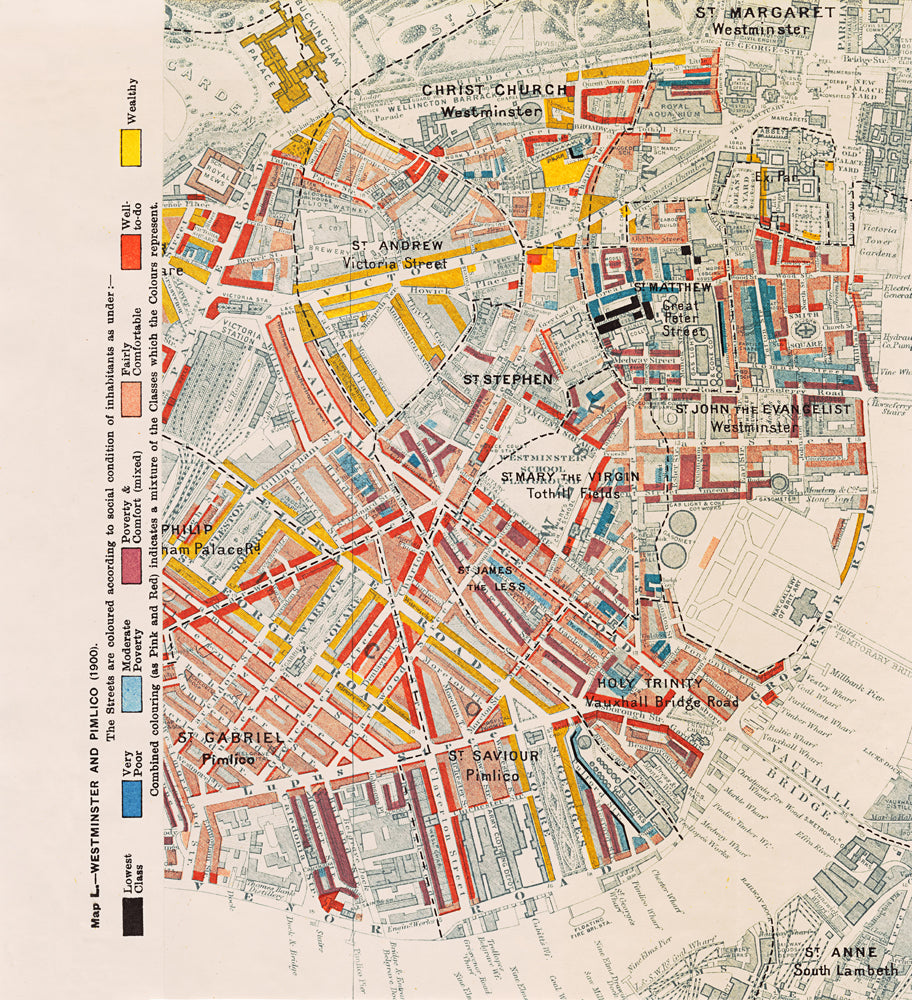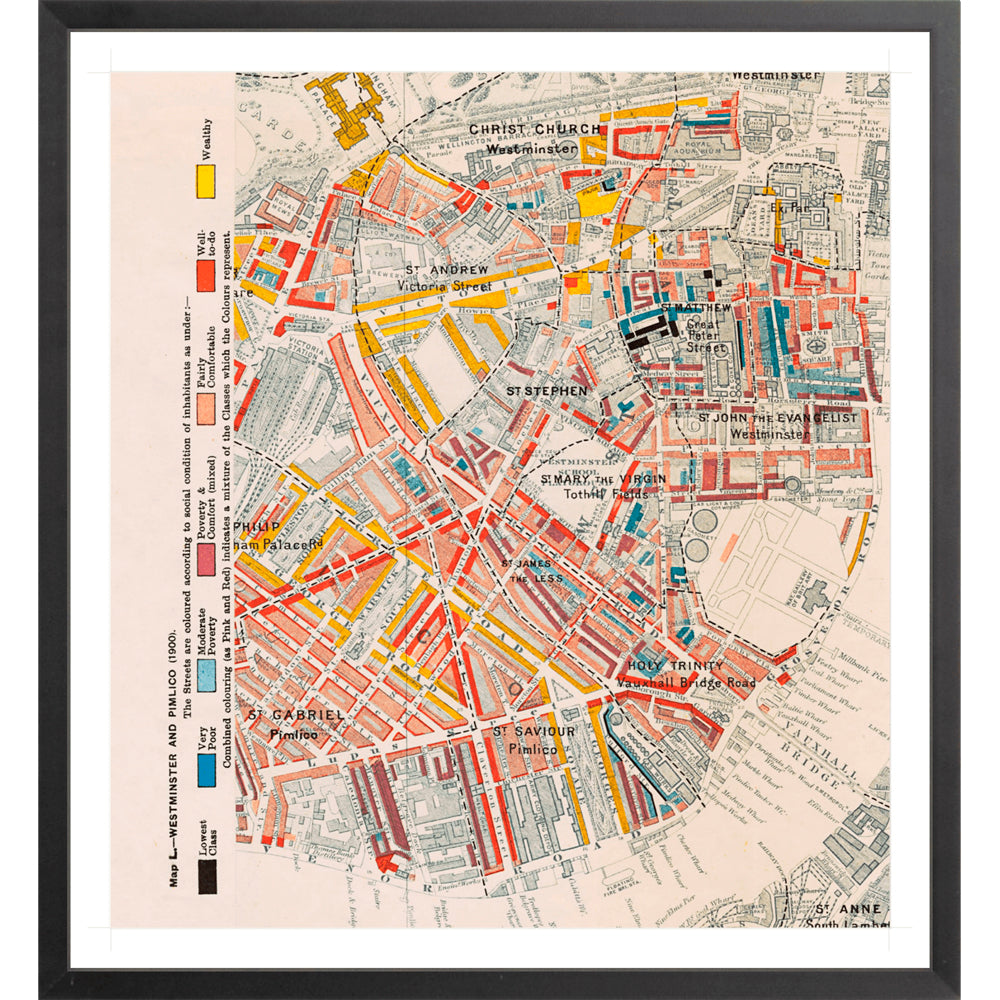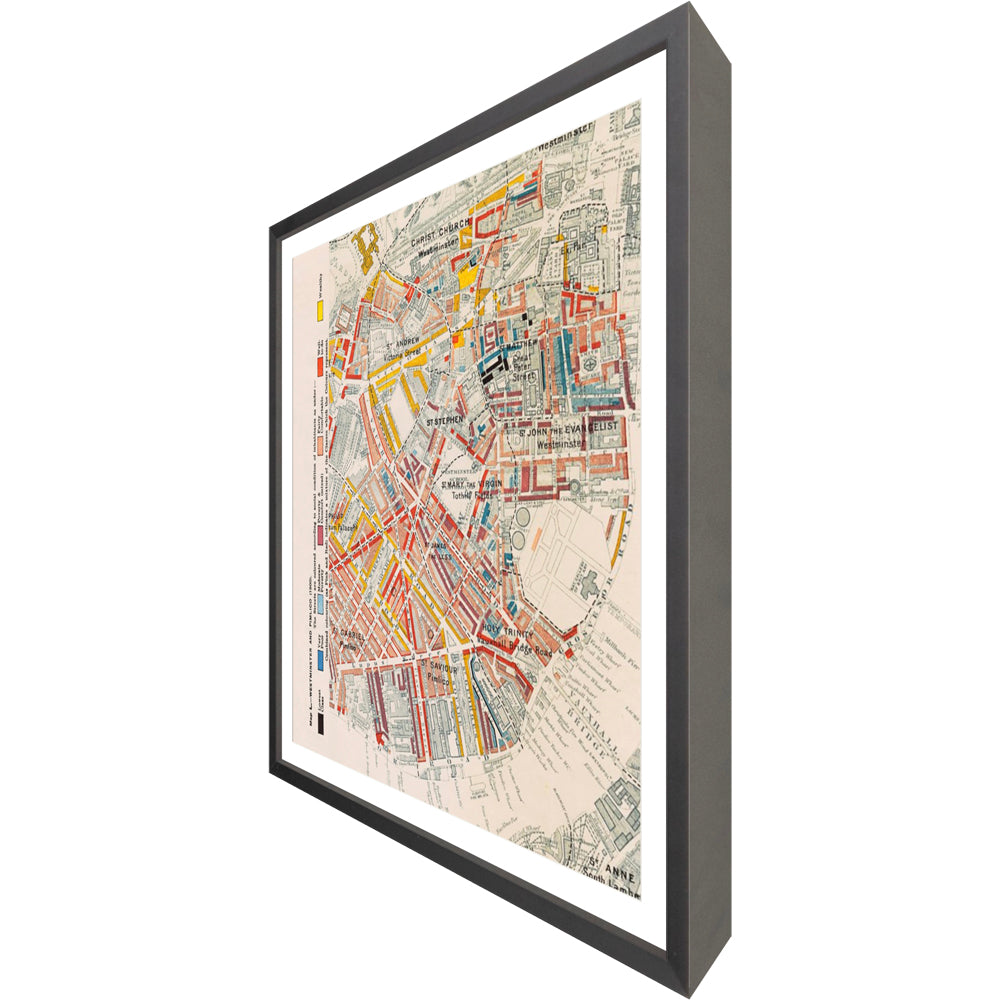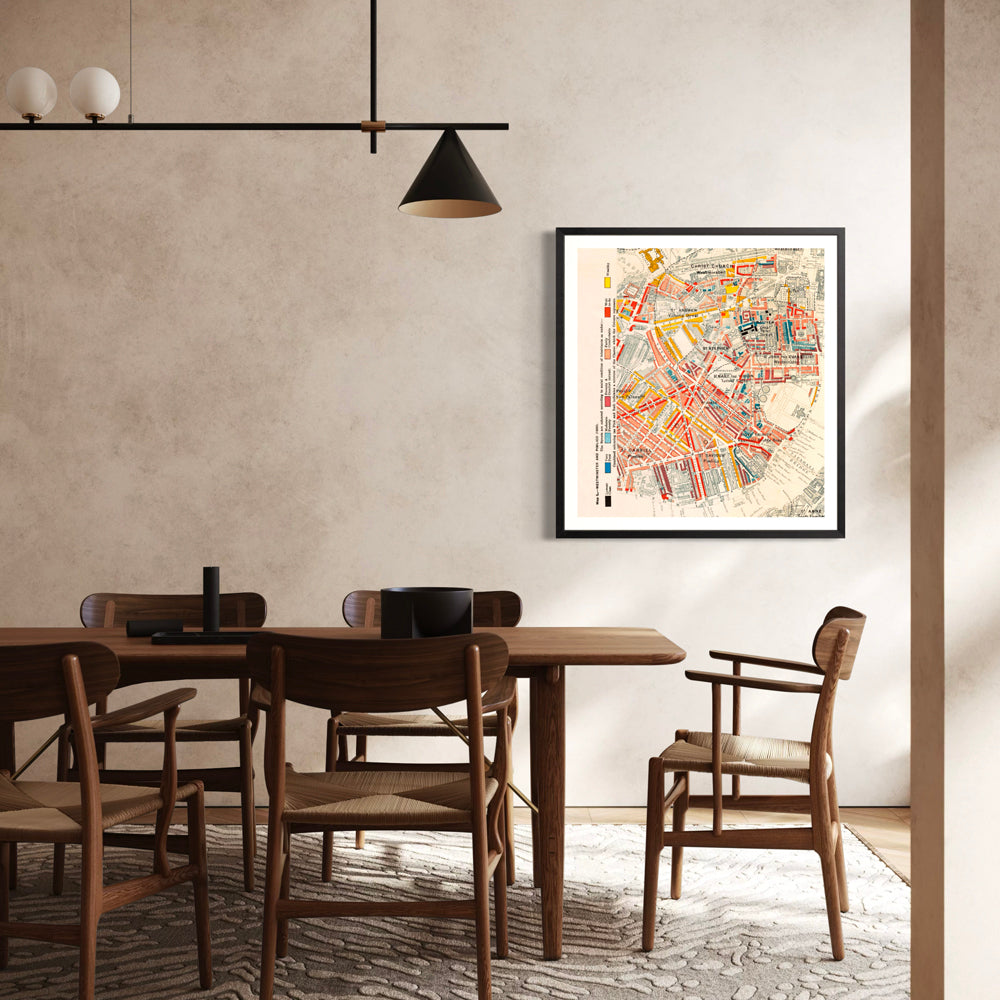LUXE EDITION
Westminster and Pimlico Map
Westminster and Pimlico Map
Couldn't load pickup availability
Shipping & Return Policy
Shipping & Return Policy
Print delivery: 5–11 days
Framed prints and decor: 2-3 weeks
Returns within 2 weeks
See policies in the footer
Luxe vs. Classic Prints
Luxe vs. Classic Prints
Luxe Prints – Premium prints on a variety of high-end fine art paper options and frames for a sophisticated presentation. Some fit standard frames, while others maintain non-standard historical proportions.
Classic Prints – Affordable, high-quality prints with a smoother finish for sharp detail designed to fit off-the-shelf frames. Classic prints have the word 'classic' above the title and a letter which shows the sizes that the print comes in. Size A– 4x6", 12x18", 16x24", 20x30" B– 6x8", 9x12", 12x16", 18x24", 24x30" C– 8x10", 16x20"
Understanding Our Print Sizes
Understanding Our Print Sizes
Historical prints vary in proportion based on their original format. Whenever possible, we match them to the closest standard size, using common print ratios like 2:3 (e.g., 8x12) or 3:4 (e.g., 9x12). However, resizing some prints can distort the artwork's integrity, so we can only offer them in their original proportions. Additionally, we use different printers for our product lines, and not all sizes are available with every printer.
This interesting map created by Charles Booth in 1900, offers a visual representation of poverty, crime, and social conditions in Westminster and Pimlico at the turn of the 20th century. As part of Booth’s extensive study, Life and Labour of the People in London, this map is a powerful historical artifact that captures the economic disparities within the capital. The colors indicate different social classes, from the wealthy in yellow to the poorest and criminal elements in black and dark blue, offering a stark visual of inequality.
Why We Picked It
This map is a historical document but also social art. The color coding and intricate layout showcase Booth’s innovative approach to documenting economic hardship. The use of color to convey class divisions is striking and effective, making the map a compelling piece that blends data visualization with social commentary. It is a rare yet early attempt to graphically depict urban inequalities, something that remains relevant in discussions of city planning and social justice today.
Notable Context
The late Victorian era saw increased awareness of urban poverty due to industrialization, rapid population growth, and worsening living conditions in major cities like London. Booth, a social reformer and businessman, conducted his extensive study to counter claims that 25% of Londoners lived in poverty—his research, however, showed that the real figure was even higher. The map was part of a broader movement towards social reform, influencing policies aimed at improving housing, sanitation, and working conditions for London’s poorest residents.His findings were groundbreaking and influenced early social reform, contributing to later welfare policies, including the introduction of old-age pensions and social housing reforms in the early 20th century.
Although Westminster and Pimlico have changed significantly, inequality still exists. London remains one of the most unequal cities in the world, with extreme wealth and poverty often existing side by side. Booth’s work remains relevant as it provides historical context for ongoing discussions about urban development, housing, and economic disparity.
About The Location
In 1900, Westminster was a complex mix of wealth and extreme poverty. While it housed government institutions and aristocratic residences, the surrounding areas—especially Pimlico—were home to the working class, the poor, and even criminal elements. The stark class divisions are evident in Booth’s map, with sharp contrasts between affluent streets and slums just blocks apart.
Today, Westminster is one of London’s most prestigious and politically significant areas, home to the Houses of Parliament, Buckingham Palace, and Westminster Abbey. Pimlico, once a working-class neighborhood, has undergone significant gentrification, becoming a desirable residential area with high property values.








